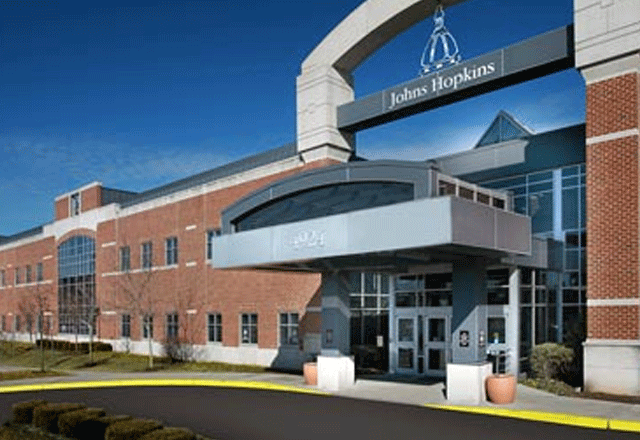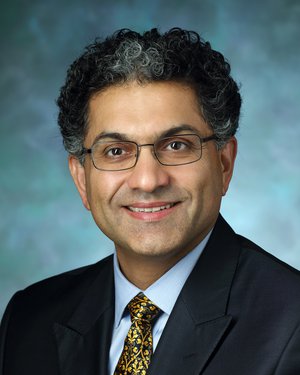-
Kristen Parker Broderick, MD

- Chief of the Division of Reconstructive Breast Surgery
Expertise: Breast Surgery, Plastic Surgery
Primary Location: Johns Hopkins Bayview Medical Center, Baltimore, MD
-
Salih Colakoglu, MD

- Director of Oncologic Reconstruction
Expertise: Breast Surgery, Plastic Surgery
Primary Location: Johns Hopkins Outpatient Center, Baltimore, MD
-
Damon Cooney, MD PhD

- Clinical Director, Face Transplant Program, Johns Hopkins Comprehensive Transplant Center
Expertise: Breast Surgery, Plastic Surgery
Primary Location: Johns Hopkins Outpatient Center, Baltimore, MD
-
Mark D. Fisher, MD
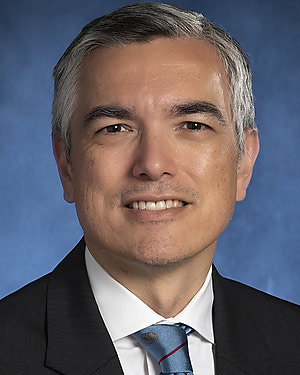
- Director, Johns Hopkins Burn Center
Expertise: Plastic Surgery, Burn Surgery
Primary Location: Johns Hopkins Bayview Medical Center, Baltimore, MD
-
Christopher Michael Frost, MD
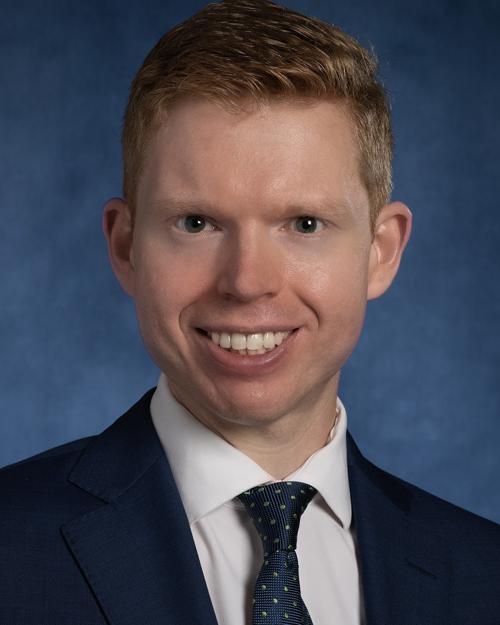
Expertise: Hand Surgery, Plastic Surgery
Primary Location: Johns Hopkins Bayview Medical Center, Baltimore, MD
-
Nima Khavanin, MD
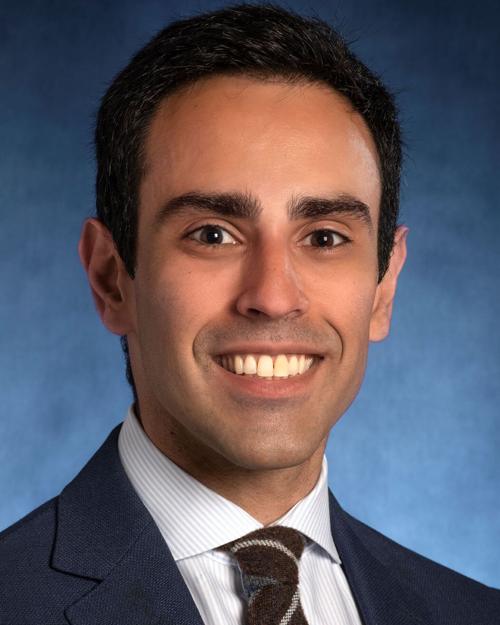
Expertise: Gender Affirming Care, Gender Surgery, Breast Surgery, Plastic Surgery
Primary Location: Sibley Memorial Hospital, Washington, DC
-
Scott Lifchez, MD

- Interim Director, Johns Hopkins Department of Plastic and Reconstructive Surgery
Expertise: Plastic Surgery, Hand Surgery
Primary Location: Johns Hopkins Community Physicians - Johns Hopkins Health Care & Surgery Center, White Marsh, Nottingham, MD
-
Michele Manahan, MD
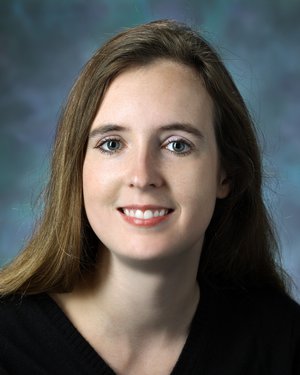
- Assistant Medical Director for the Johns Hopkins Office of Telemedicine
Expertise: Breast Surgery, Plastic Surgery
Primary Location: Johns Hopkins Outpatient Center, Baltimore, MD
-
Lily Mundy, MD
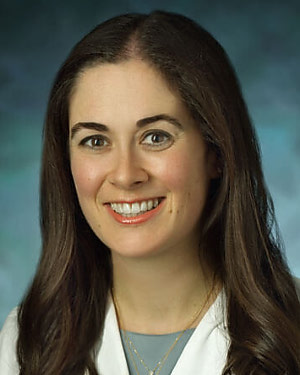
Expertise: Breast Surgery, Plastic Surgery
Primary Location: Johns Hopkins Outpatient Center, Baltimore, MD
-
Gedge David Rosson, MD
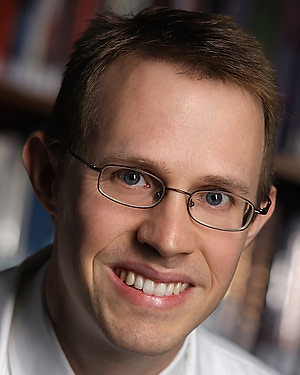
- Vice Chair of Patient Safety and Quality
Expertise: Breast Surgery, Plastic Surgery
Primary Location: Johns Hopkins Outpatient Center, Baltimore, MD
-
Sami H. Tuffaha, MD
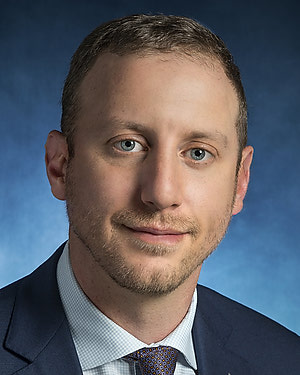
- Director, Peripheral Nerve Surgery
Expertise: Plastic Surgery
Primary Location: Johns Hopkins Outpatient Center, Baltimore, MD
Free tissue transfer, or free flap surgery, involves moving tissue from one part of the body to another to reconstruct an area of need. This can involve moving skin, fat, muscle, and/or bone. To keep the tissue alive, the blood vessels that supply the perfusion of the tissue being moved are re-connected, or anastomosed, to blood vessels in the area of the body that is being reconstructed. This is similar to a transplant of your own tissue. The most common reasons for patients to undergo this type of surgery are cancer, trauma, and infection.
The goal of the flap surgery is to reconstruct the form and function of the missing tissue. This may involve reconnecting nerves to allow muscle function or skin sensation, or using tissue that more naturally recreates the feel of the missing tissue.
Why Choose Johns Hopkins for Reconstructive Plastic Surgery?
Surgical Expertise
Compassionate Care
Advanced Research
Multidisciplinary Approach
Request An Appointment
Schedule Online Through MyChart
Available for new and follow-up appointments with most providers.
Log into MyChart | Sign up for MyChart
Schedule by Phone

International patients can request an appointment though international patient services.
What to Expect
- Our plastic surgeons have performed thousands of tissue transfers, and these are routine surgeries for our multidisciplinary teams.
- We have standard pathways for pre- and post-operative management and protocols for our operating room team.
- Most patients will spend a couple of days in the hospital recovering from the surgery and having the flap tissue monitored, although it depends on the specifics of the reconstruction.
- Patients are often seen frequently after hospital discharge to ensure they are recovering appropriately from the surgery.
Our Experts
Education
The Department of Plastic and Reconstructive Surgery at The Johns Hopkins Hospital is offering a one-year clinical reconstructive microsurgery fellowship beginning each July. The fellowship is a one-year program directed at surgeons who have completed a plastic surgery residency. One fellow is accepted each year. The fellow will work with all levels of a large, diverse and highly motivated group of integrated and independent plastic surgery residents. The fellowship offers the trainee the ability to progress through the year with rapid progressive autonomy and decision-making.



